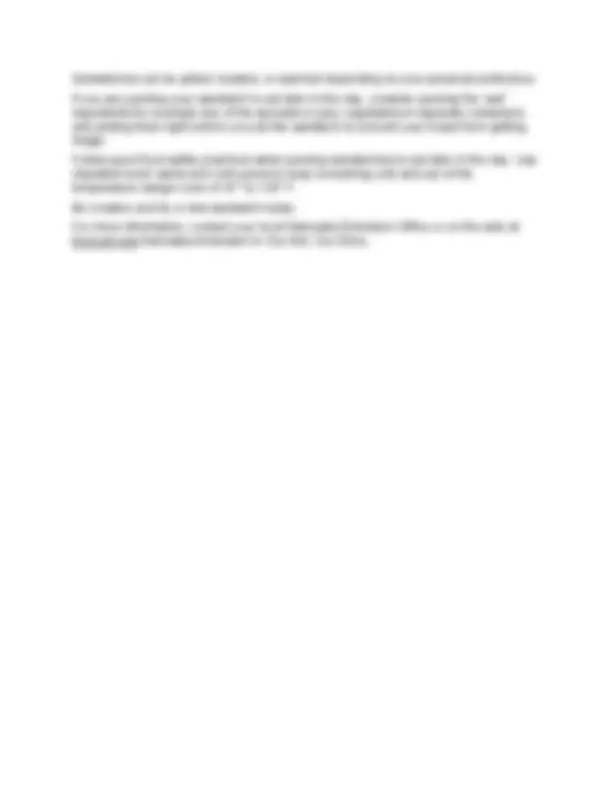



Study with the several resources on Docsity

Earn points by helping other students or get them with a premium plan


Prepare for your exams
Study with the several resources on Docsity

Earn points to download
Earn points by helping other students or get them with a premium plan
Community
Ask the community for help and clear up your study doubts
Discover the best universities in your country according to Docsity users
Free resources
Download our free guides on studying techniques, anxiety management strategies, and thesis advice from Docsity tutors
Types of sandwiches include: • Closed-two pieces of bread with filling in between. • Open-faced-one piece of bread with the fillings put on top.
Typology: Lecture notes
1 / 2

This page cannot be seen from the preview
Don't miss anything!


Grab a Sandwich!
Grabbing a sandwich is a quick easy way to have a meal on the go or at home. It can be filled with delicious, nutritious foods, can be cold or hot, grilled, open faced, closed, triple decked, or wrapped. There are breakfast sandwiches, lunch sandwiches, and tea or party sandwiches. According to the USDA "A sandwich is a meat or poultry filling between two slices of bread, a bun or a biscuit." No matter how you define sandwich there are millions eaten every day.
According to a 2019 YouGov survey the grilled cheese sandwich is the most popular. The sandwich is named after John Montagu, the 4th Earl of Sandwich. Legend has it that in 1762, during a 24-hour gambling game, he asked for meat to be served between slices of bread. This way he could eat with one hand, leaving the other free to continue the game.
There are 3 main components of a sandwich: the bread, the spread, and the filling.
Types of sandwiches include:
When you create your own sandwich be creative, have different flavors and a good mix of fruit, vegetables, bread, meats, and dairy. For your healthiest sandwich choose low fat spreads, proteins, and cheeses.
Sandwiches can be grilled, toasted, or warmed depending on your personal preference.
If you are packing your sandwich to eat later in the day, consider packing the ‘wet’ ingredients for example any of the spreads or juicy vegetables in separate containers and adding them right before you eat the sandwich to prevent your bread from getting soggy.
Follow good food safety practices when packing sandwiches to eat later in the day. Use insulated lunch sacks and cold packs to keep everything cold and out of the temperature danger zone of 41° to 135° F.
Be creative and try a new sandwich today.
For more information, contact your local Nebraska Extension Office or on the web at: food.unl.edu Nebraska Extension In Our Grit, Our Glory.